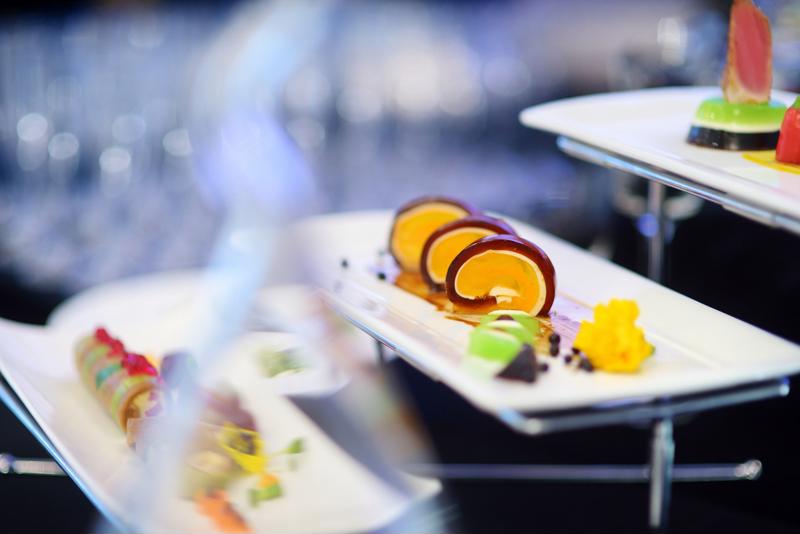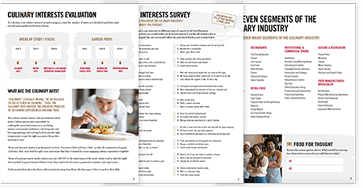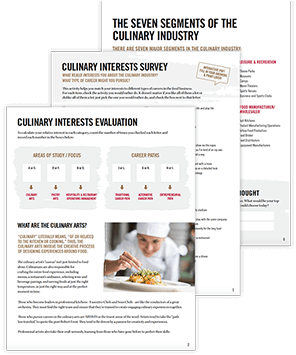Plating is a unique concept in the world of food. There are few if any other things that don’t directly influence the taste of a dish but have a major impact on a customer’s perception of that same plate. A clean, contemporary approach to arranging food offers a sense of professionalism and demonstrates that the back-of-house staff cares about more than just the basics of a customer’s experience.
Students at online culinary schools should pay special attention to their plating techniques, both as a way to improve their educational efforts and to be sure they can demonstrate the full range of their abilities in the professional world.
Understanding contemporary trends in plating
Plating is ultimately left to the individual chefs putting together each plate as it leaves the kitchen, often with guidance or specific direction from the executive or head chef. Overall trends have changed greatly over time, shifting from elaborate techniques with plenty of flourish and pizzazz to much more modest alternatives that emphasize the food itself above the artistic interplay of the elements on the plate.
Additionally, modern approaches to plating can vary greatly from one region to another, or even among individual restaurants in the same region or city. The presentation at an upscale gastropub can diverge significantly from that of a traditional steakhouse, which may have nothing in common with the approach used at a classic fine-dining establishment or trendy Asian fusion restaurant.

Instead, this style offers a streamlined appearance that can easily include dish-specific accents, but isn’t expected to be full of them. The food is at center stage instead of the dish’s construction. Making practical decisions, such as how much sauce to apply directly to the food itself and how much to set aside on the plate, is a central concept of simple elegance.
The Essential Culinary Career Survey The Essential Culinary Career Survey What's your ideal culinary career: Fine dining? Your own restaurant? Pastry? Get our self-evaluation survey to find out! We’ve compiled a checklist of all of the essential questions into one handy guide: career options, culinary interest surveys, educational opportunities, and more.


Global food distributor Unilever pointed to some more fanciful plating methods that are currently popular, including the landscape approach. Drawing on visual references to landscaped gardens around homes and other buildings, this style uses long, often oval or rectangular plates to stretch a dish across the canvas provided. There is little in the way of height in this style, although diners’ eyes are drawn to each small peak and valley.
Bon Appetit pointed to the shingle as a major plating trend that rose in 2018. Shingles are thinly sliced pieces of fruits, vegetables and many other foods placed atop a dish, often resembling coins. A quick process that uses a mandoline to yield a reliable result, the shingle is as much a practical consideration as an artistic flourish. Jonathan Yao, chef at Kato in Los Angeles, told Bon Appetit the technique is excellent when there isn’t a large back-of-house staff available to take on the sometimes time-consuming tasks that go into more complicated plating techniques.
Plating is a constantly evolving part of of the culinary world. Students at online culinary schools will learn not only how to safely and deliciously prepare food, but to present it beautifully as well.

